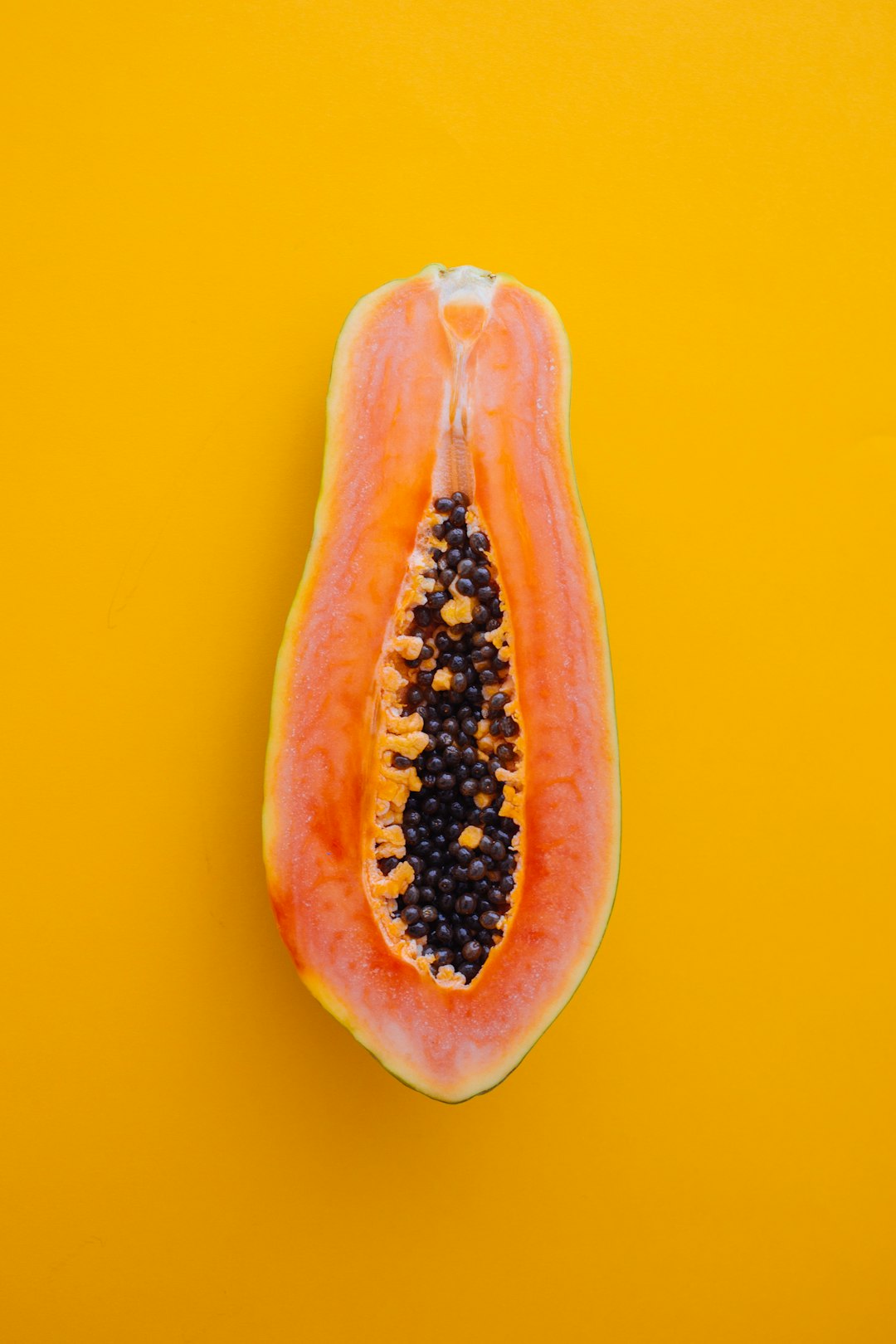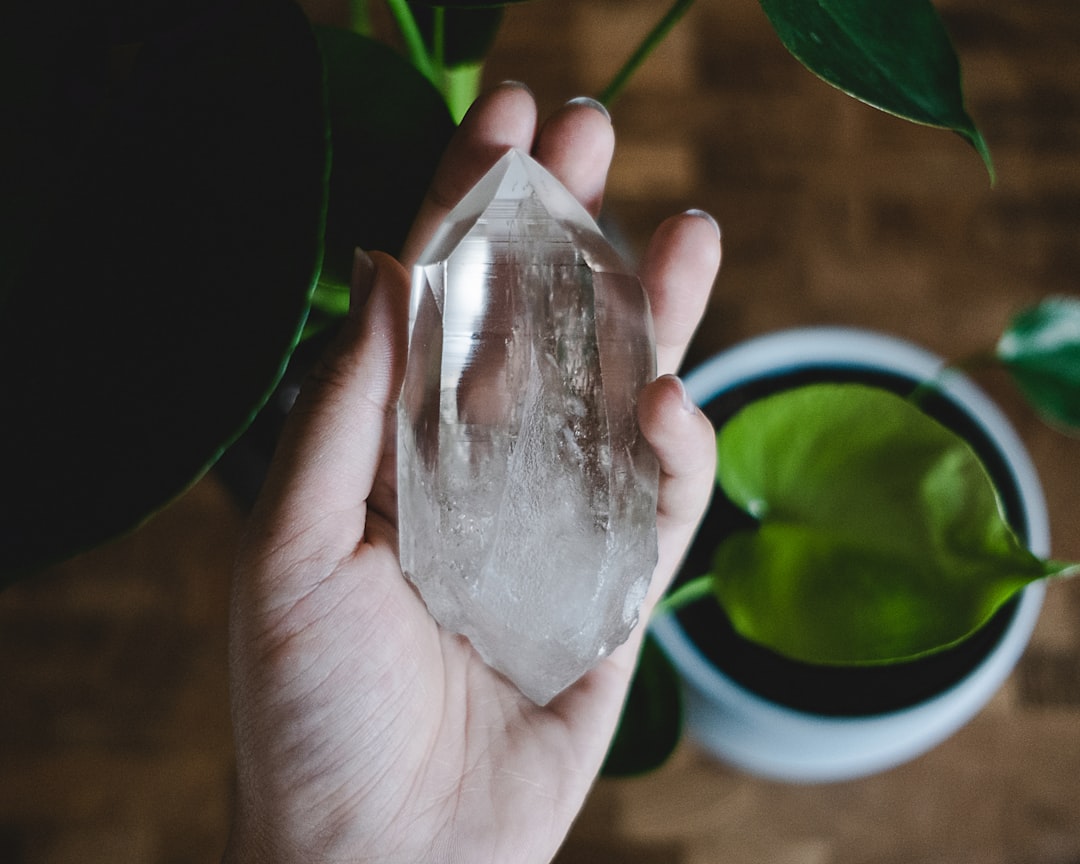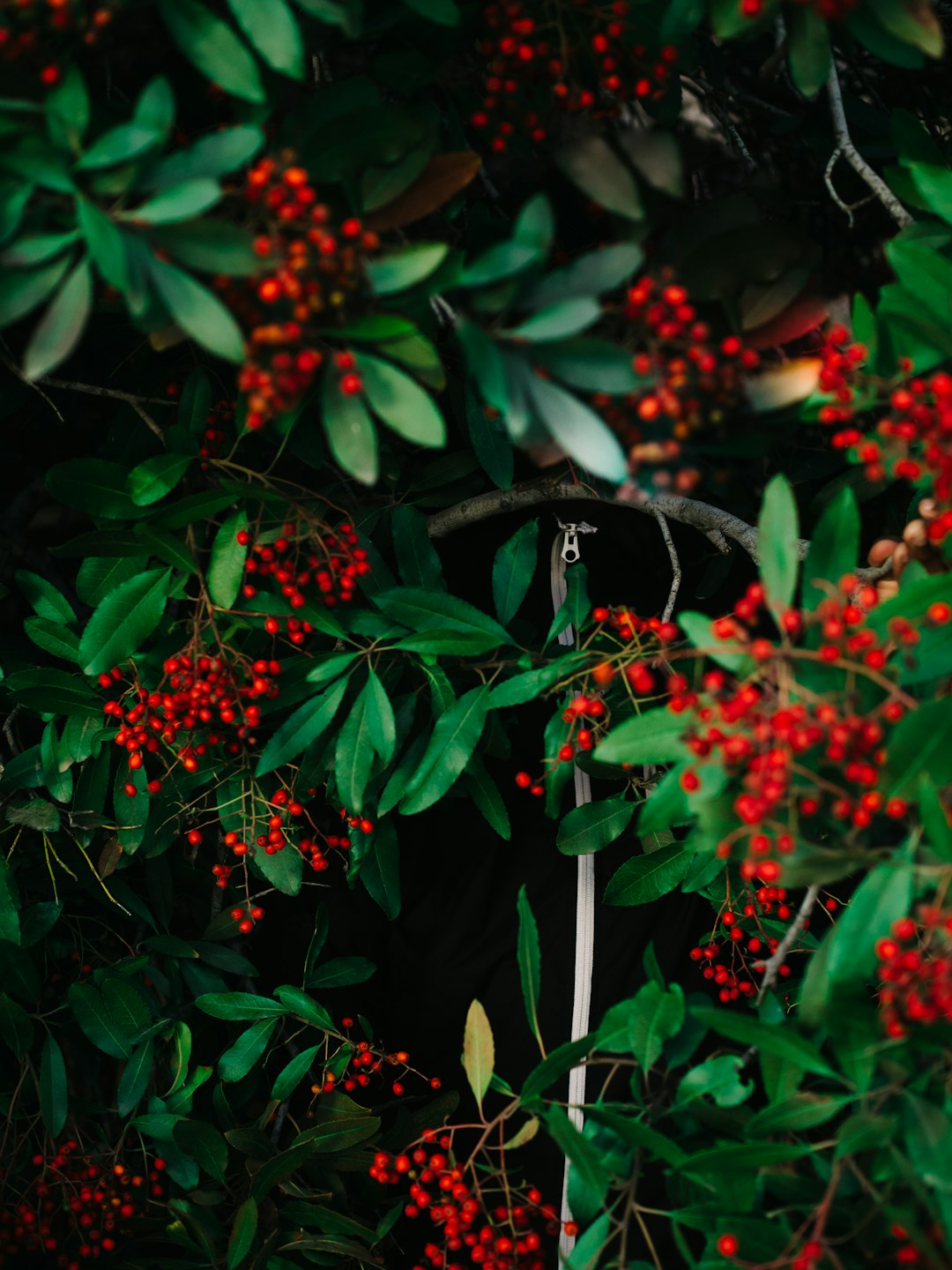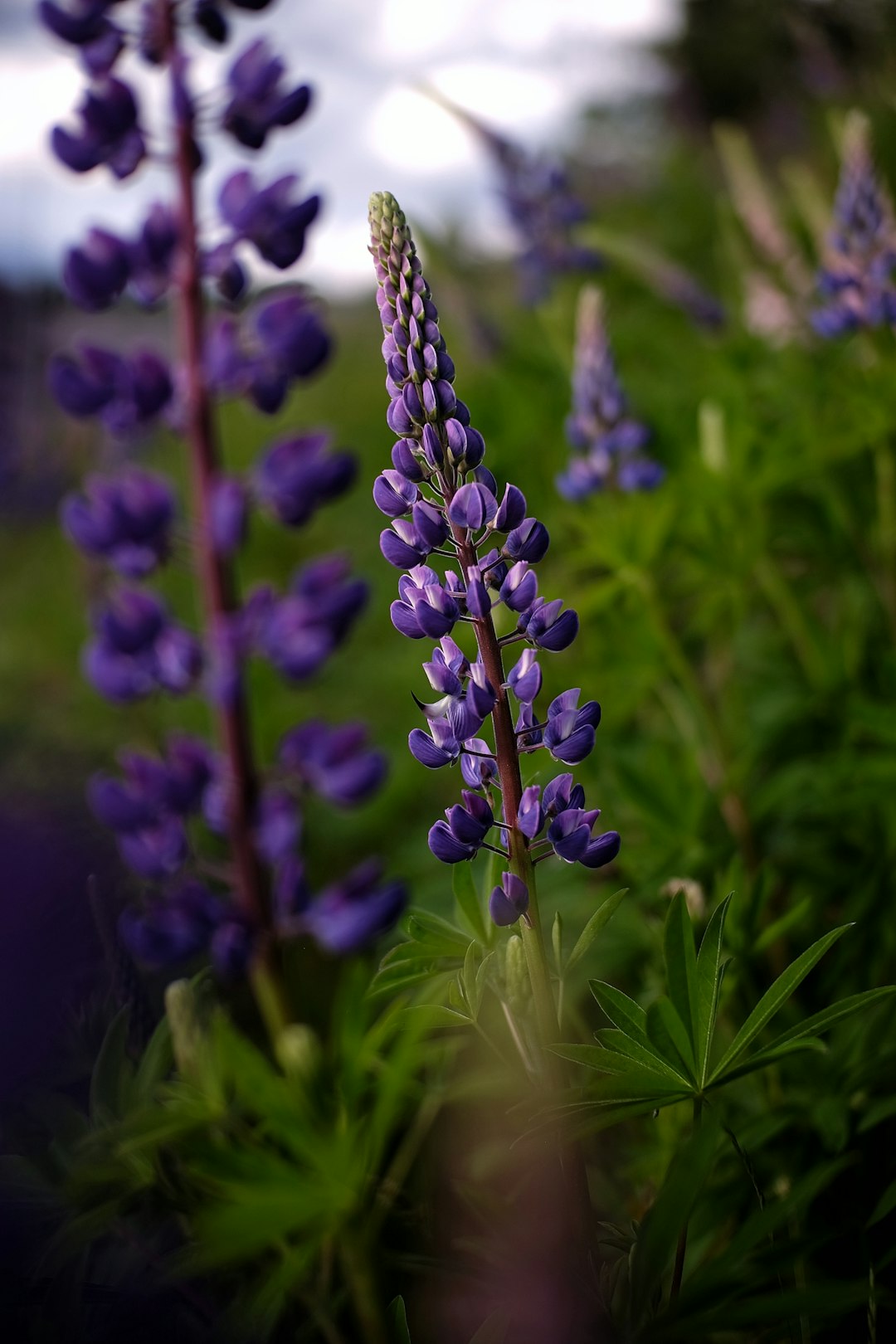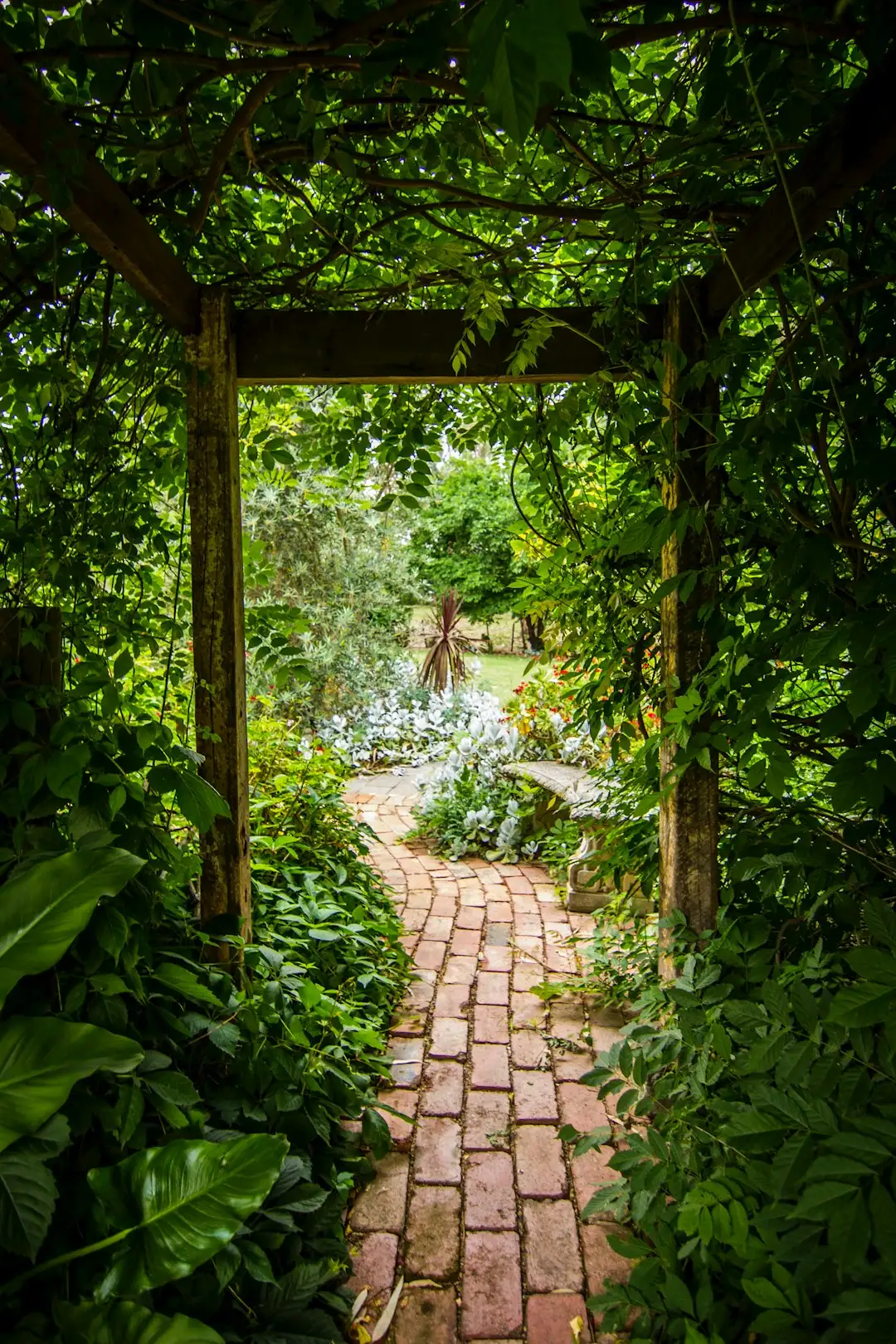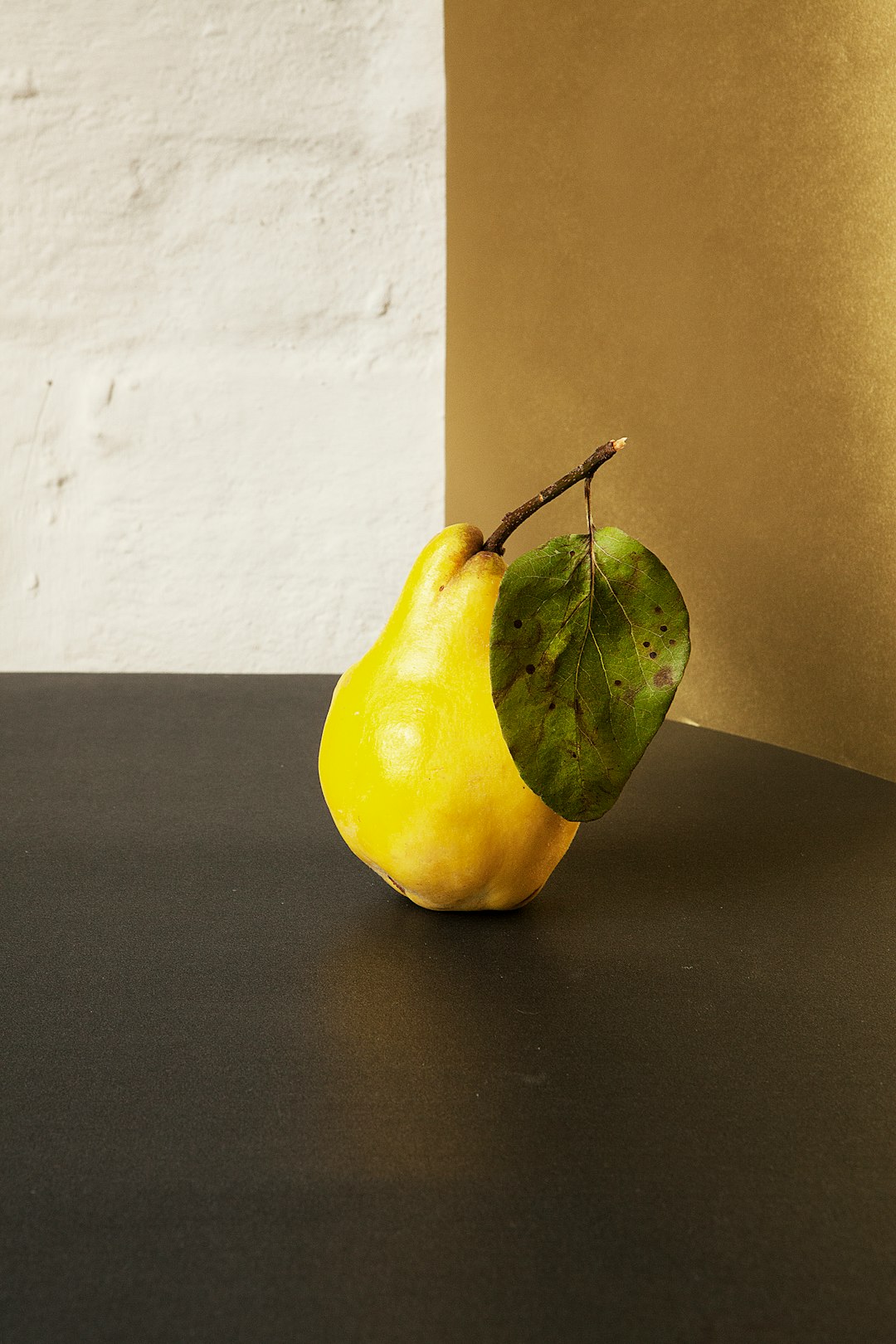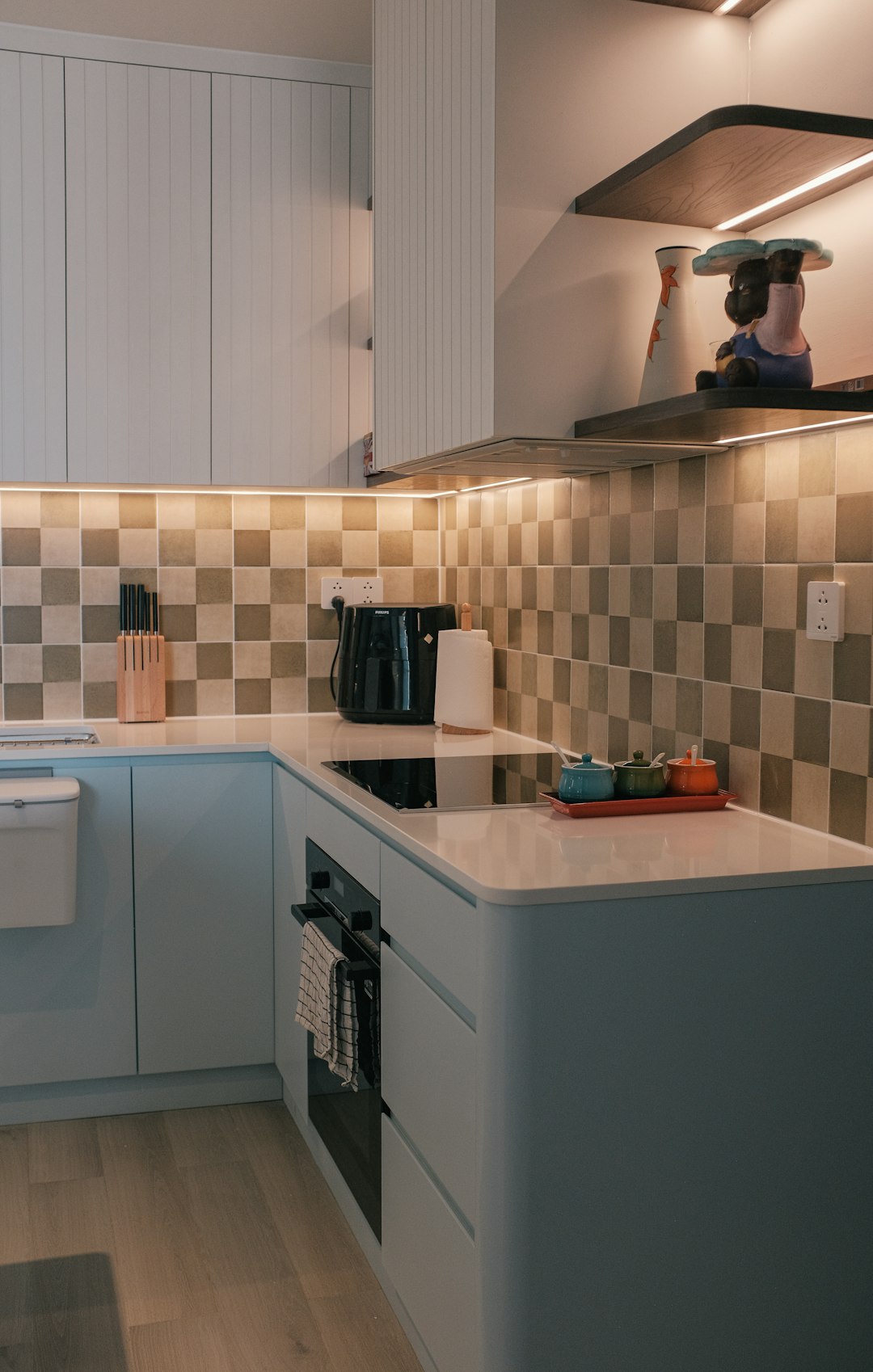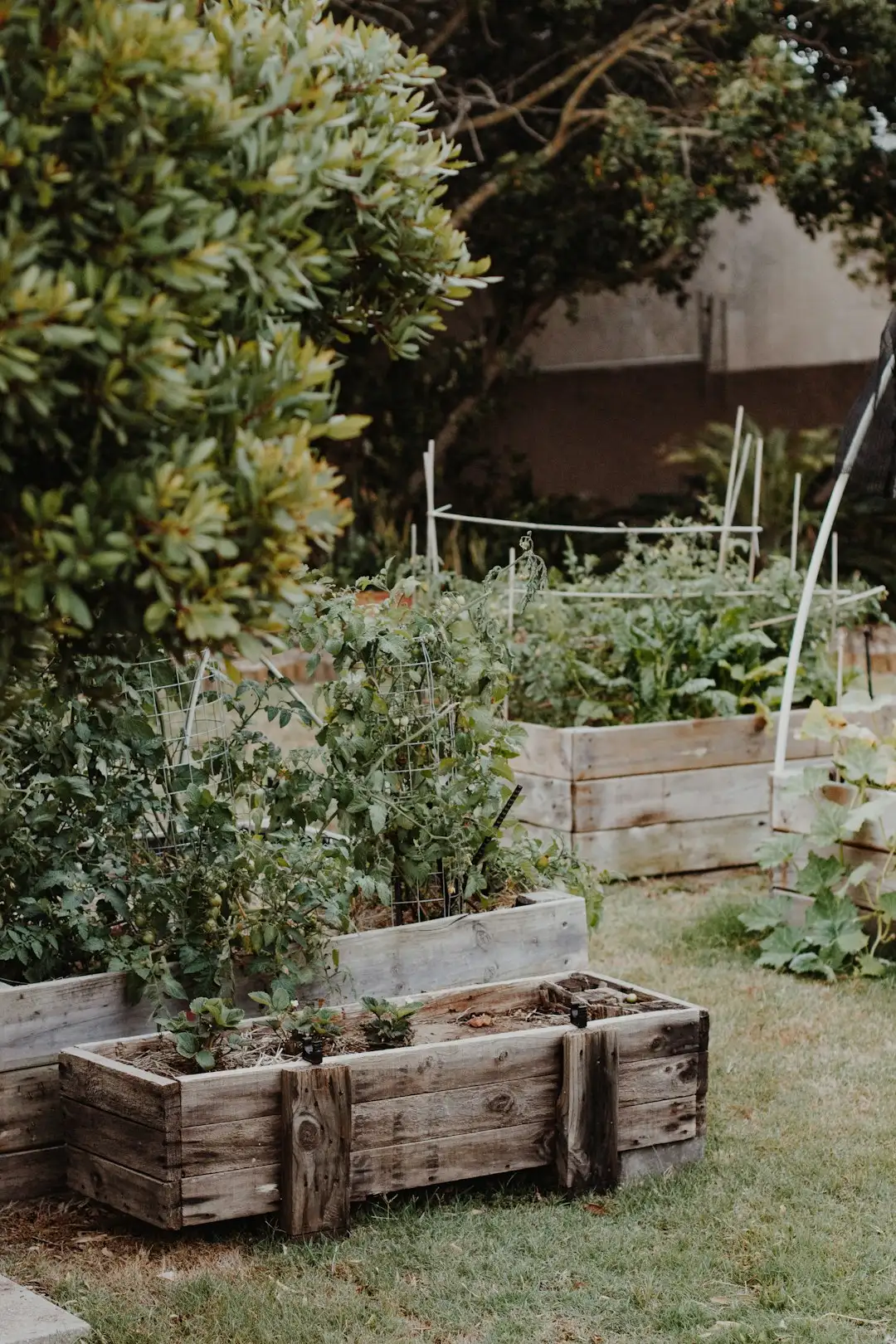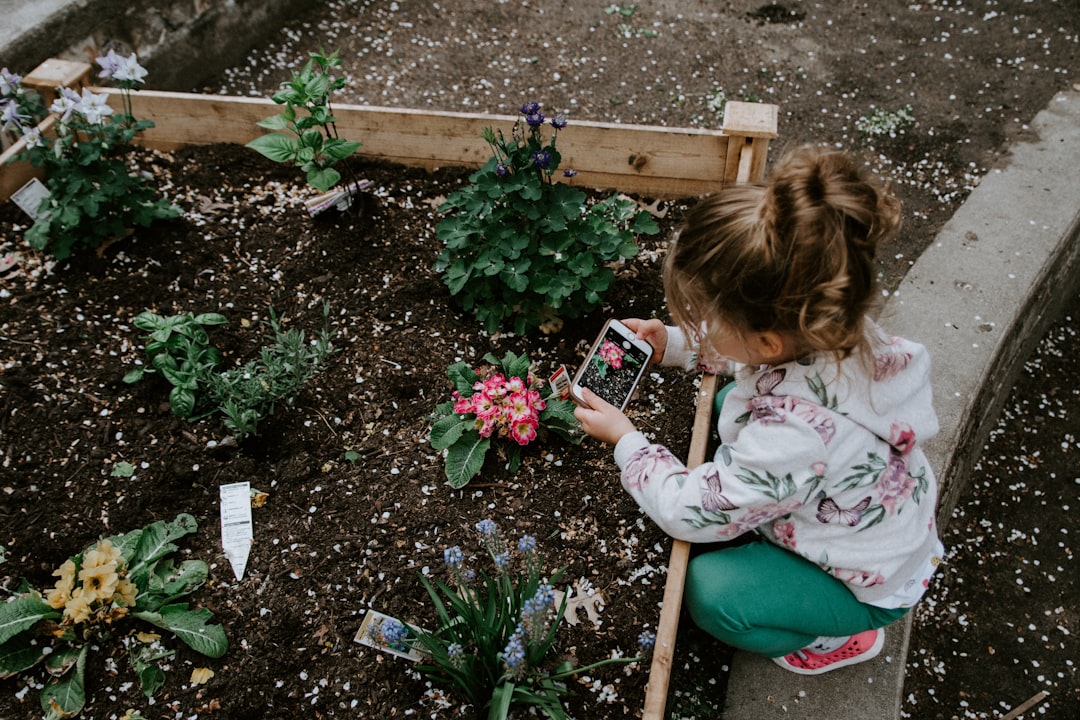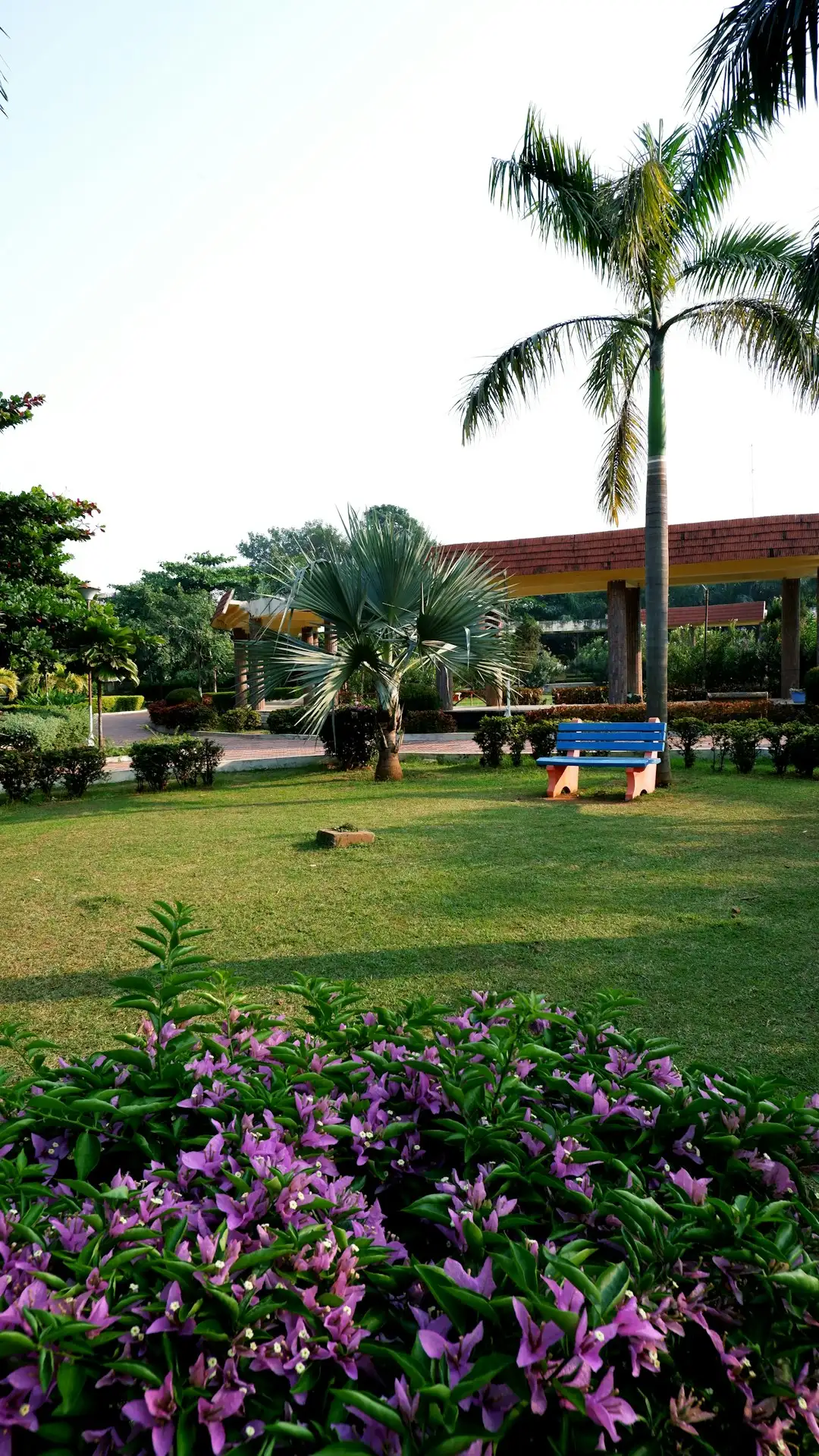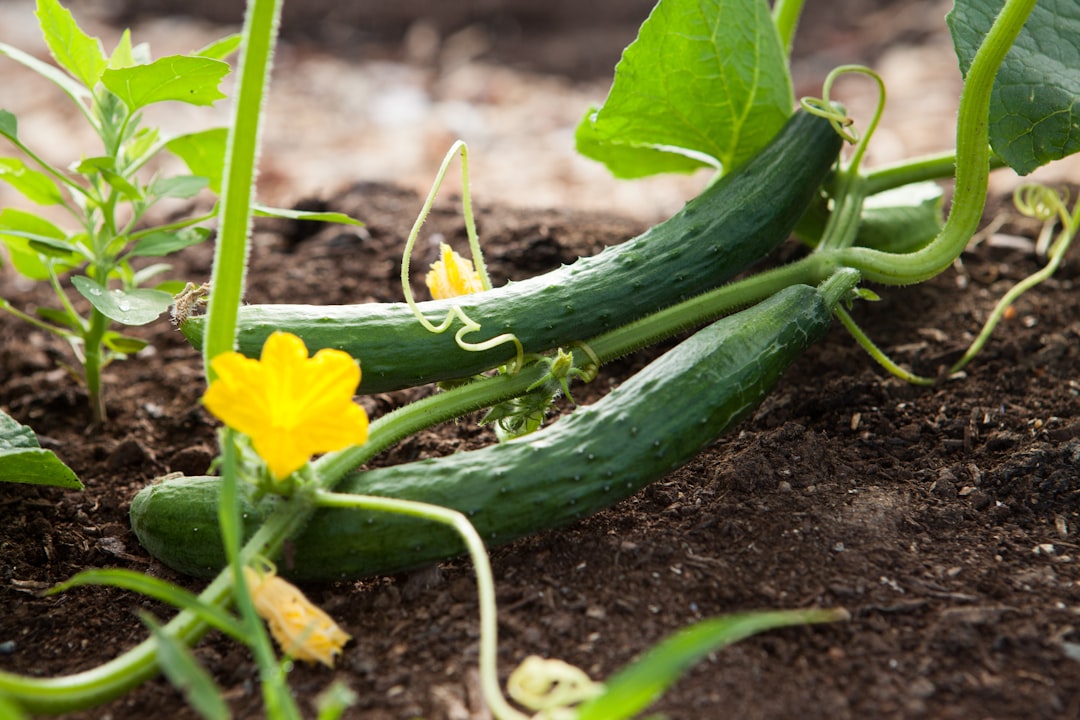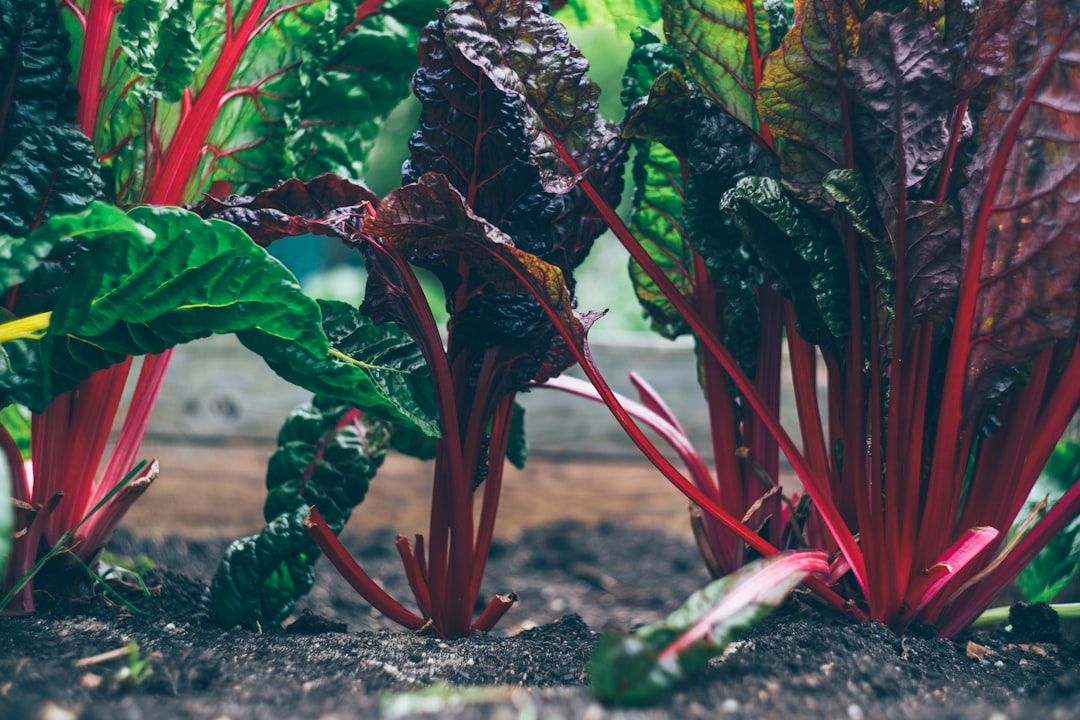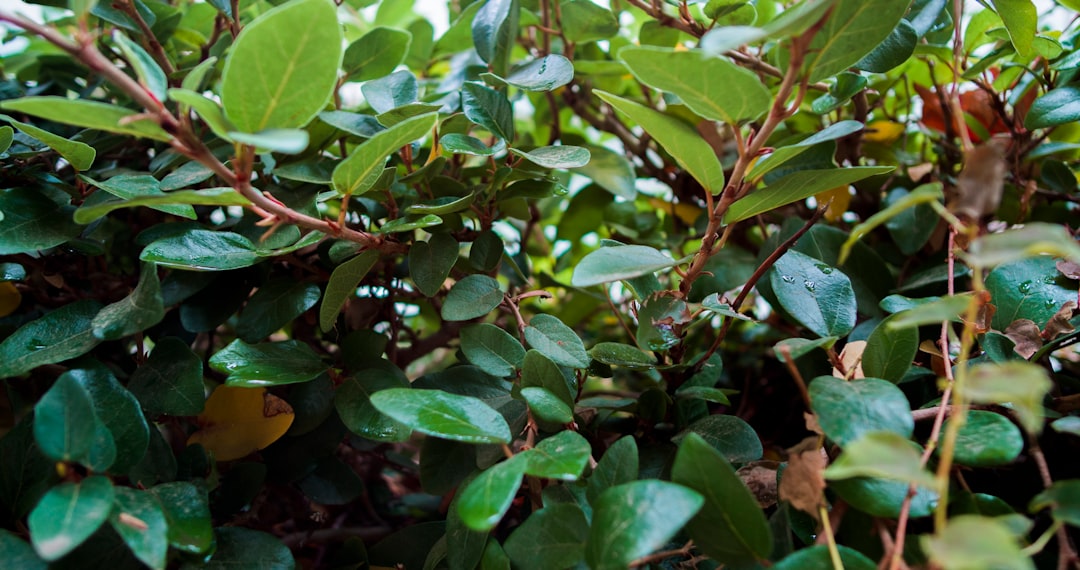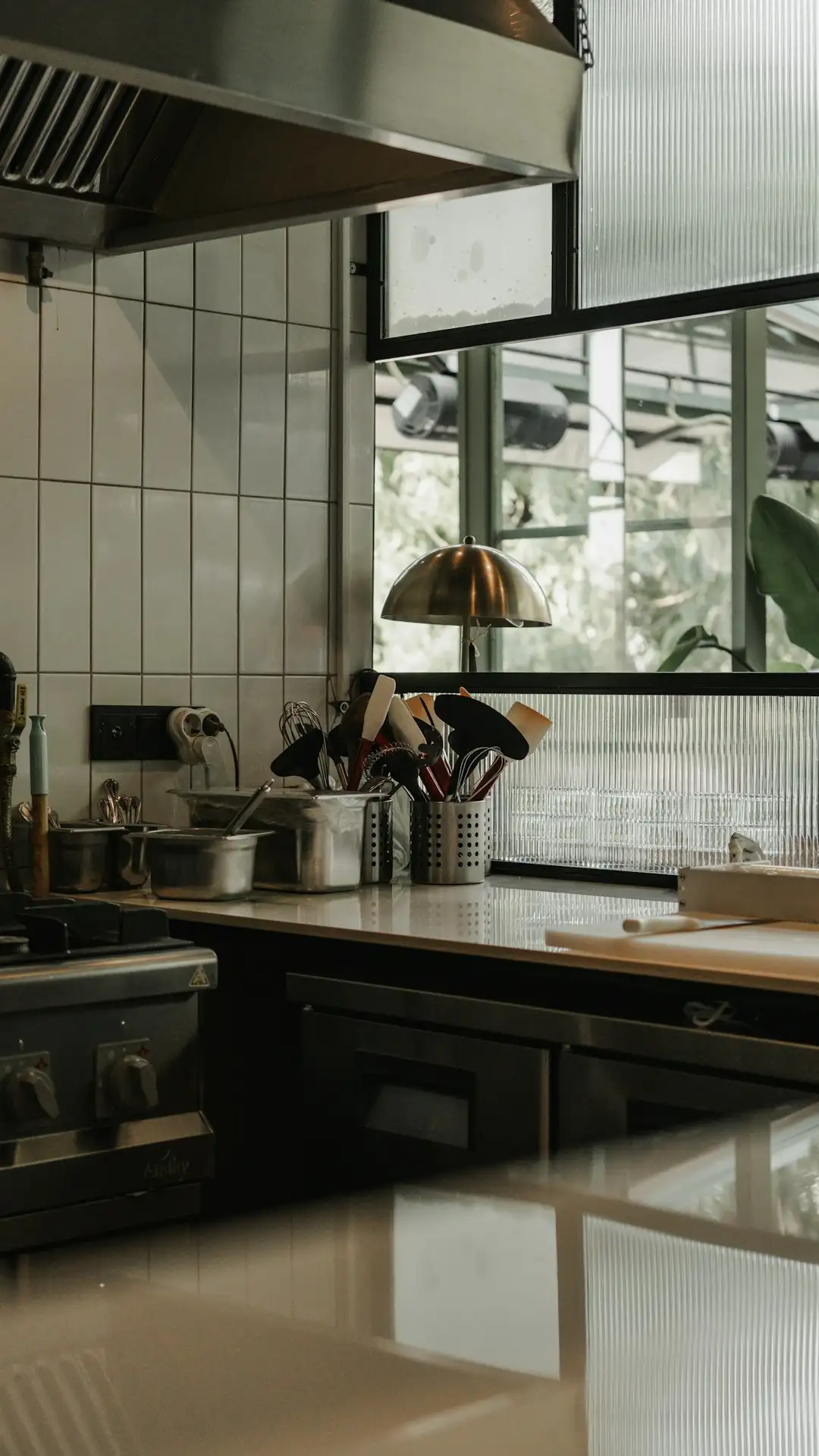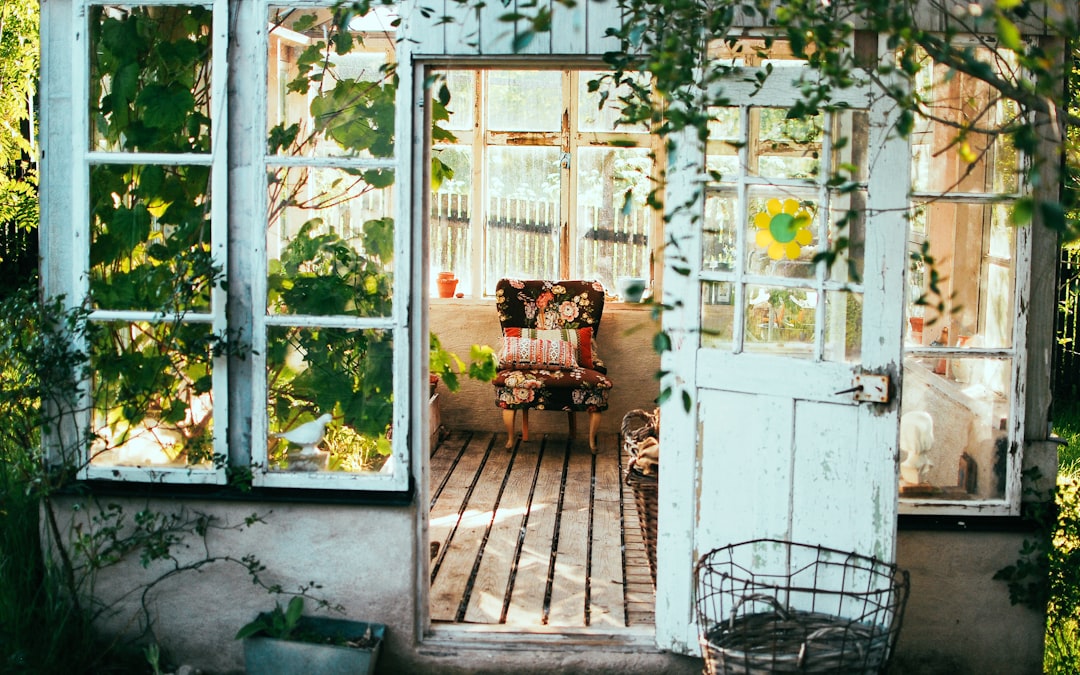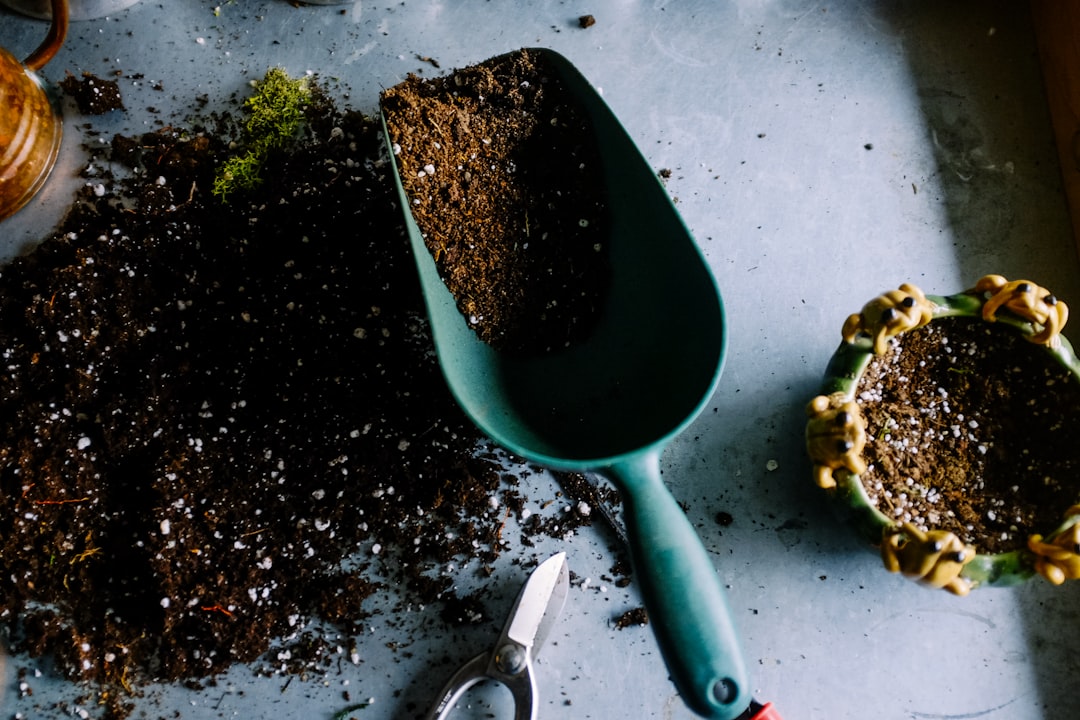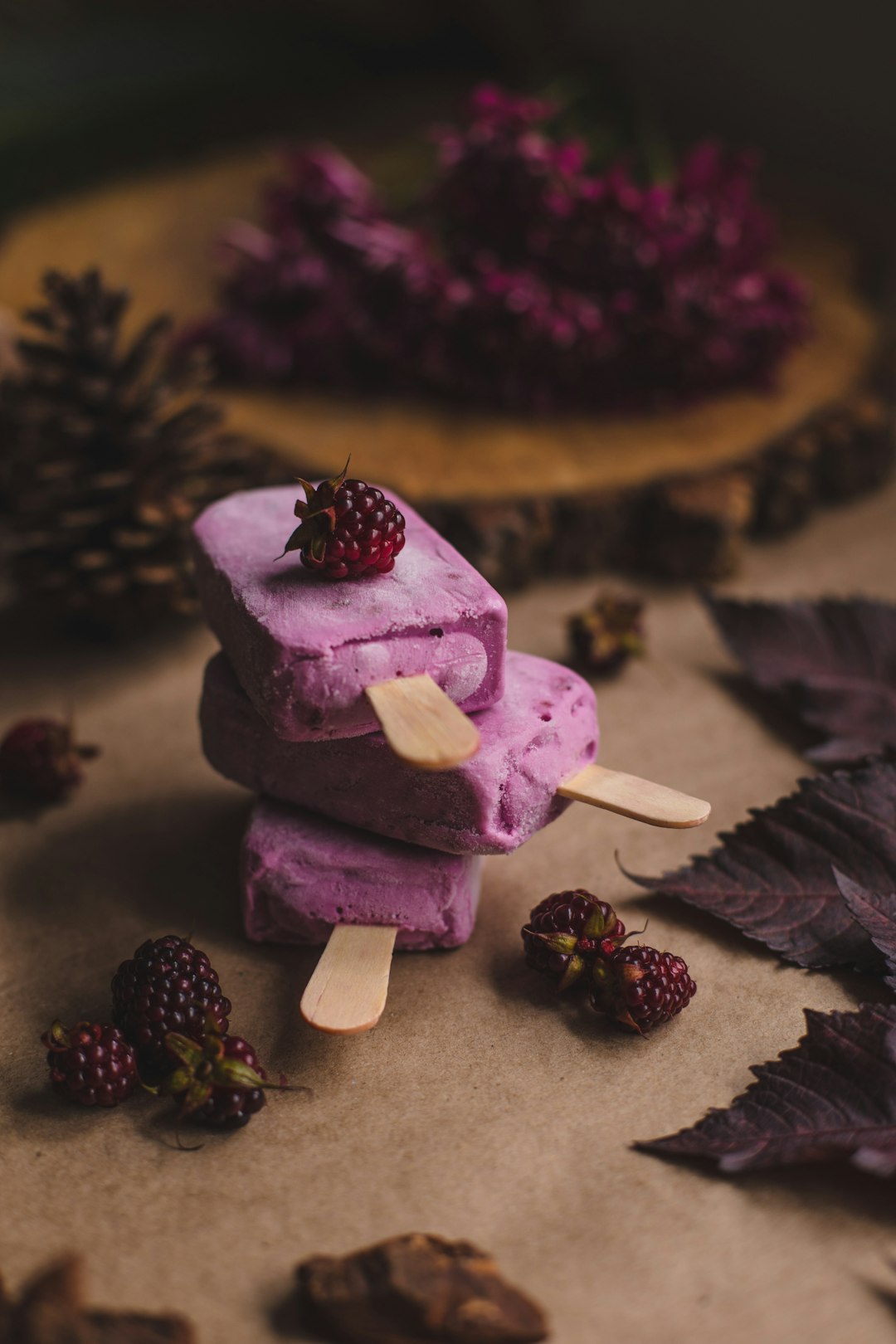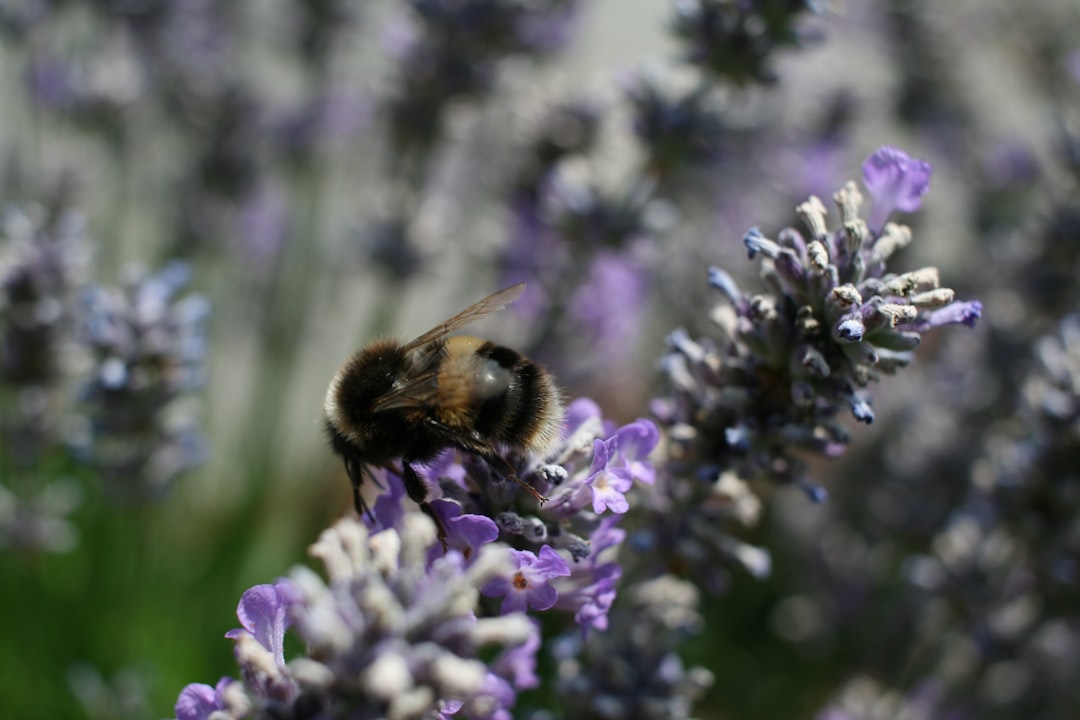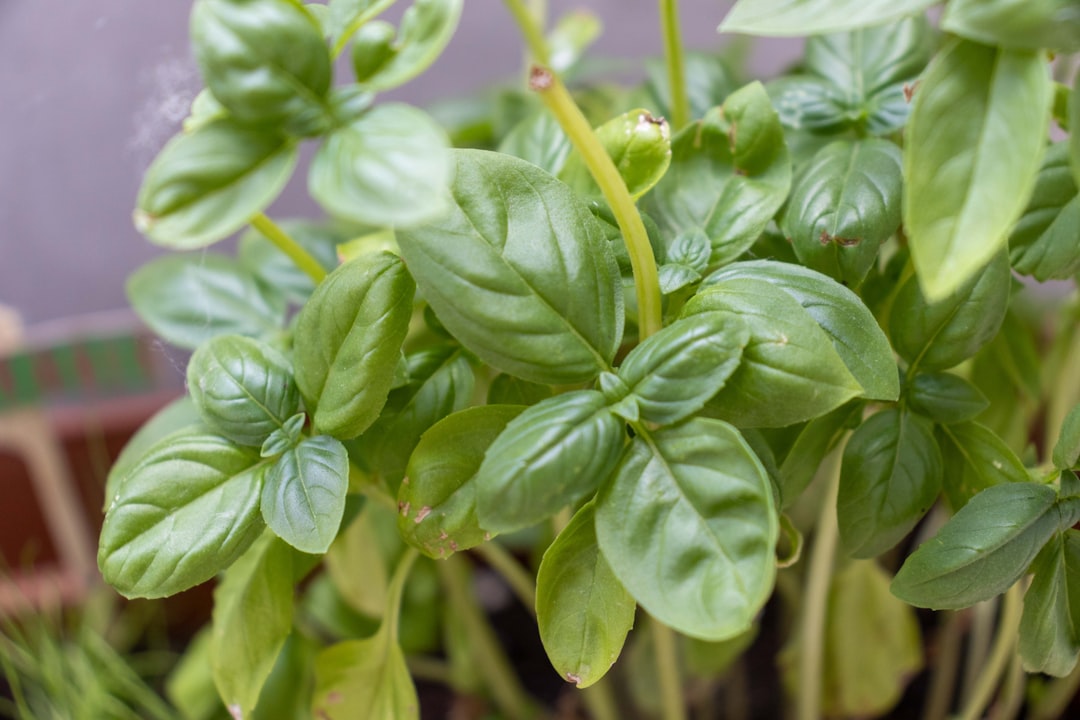
Edible gardening has become a popular pastime for many, offering a rewarding experience of growing your own fresh produce. Among the many herbs that can be cultivated, basil stands out as a versatile and aromatic addition to any garden. This guide will take you through the essential care tips, the best varieties of basil to plant, and provide you with free garden plans to help you grow this wonderful herb successfully.
### Why Grow Basil?
Basil is not only a delicious herb but also a powerhouse of nutrients. It is rich in vitamins A, C, and K, as well as minerals like calcium, iron, and magnesium. The leaves of basil have a sweet, slightly peppery flavor that can enhance the taste of a wide range of dishes, from Italian pasta sauces to Thai curries. Additionally, basil has several health benefits, including anti - inflammatory and antibacterial properties.
### Essential Care Tips
Sunlight: Basil thrives in full sunlight. It needs at least 6 - 8 hours of direct sunlight per day. If you are growing basil indoors, place it near a south - facing window or use grow lights to ensure it gets enough light.
Soil: Basil prefers well - drained, fertile soil with a pH between 6.0 and 7.5. You can amend the soil with compost or well - rotted manure to improve its fertility and drainage.
Watering: Keep the soil consistently moist but not waterlogged. Overwatering can lead to root rot, while underwatering can cause the leaves to wilt. Water the basil at the base of the plant to avoid getting the leaves wet, which can lead to fungal diseases.
Fertilizing: Basil is a relatively heavy feeder. You can use a balanced, water - soluble fertilizer every 2 - 3 weeks during the growing season. Organic fertilizers, such as fish emulsion or compost tea, are also great options.
### Best Varieties of Basil to Plant
Sweet Basil: This is the most common variety of basil. It has large, tender leaves with a classic sweet flavor. Sweet basil is perfect for making pesto, adding to tomato dishes, or using as a garnish.
Genovese Basil: A type of sweet basil, Genovese basil is known for its large, dark green leaves and intense flavor. It is the traditional basil used in Italian cuisine, especially in Genoese pesto.
Lemon Basil: As the name suggests, lemon basil has a citrusy flavor and aroma. It is a great addition to seafood dishes, salads, and desserts.
Thai Basil: Thai basil has a slightly spicy and anise - like flavor. It is commonly used in Thai, Vietnamese, and Laotian cuisines, especially in curries, stir - fries, and soups.
### Free Garden Plans
If you are new to gardening or want to optimize your basil growing space, here are some free garden plans to get you started.
Container Gardening: Basil can be easily grown in containers. You can use a single large pot or multiple small pots. Place the containers in a sunny location and make sure they have drainage holes. You can mix different varieties of basil in one container for a colorful and aromatic display.
Herb Garden Bed: Create a dedicated herb garden bed for your basil. You can plant basil alongside other herbs like parsley, thyme, and oregano. This not only looks beautiful but also helps with pest control as some herbs have natural pest - repellent properties.
Companion Planting: Basil is a great companion plant. It can be planted near tomatoes, peppers, and cucumbers. Basil helps to repel pests that commonly affect these vegetables, and in return, the vegetables provide some shade and support for the basil plants.
In conclusion, growing basil is a rewarding experience that can add flavor and nutrition to your meals. By following these essential care tips, choosing the right varieties, and using the free garden plans, you can have a thriving basil garden in no time. So, roll up your sleeves, get your gardening tools, and start growing this wonderful herb today!
New








